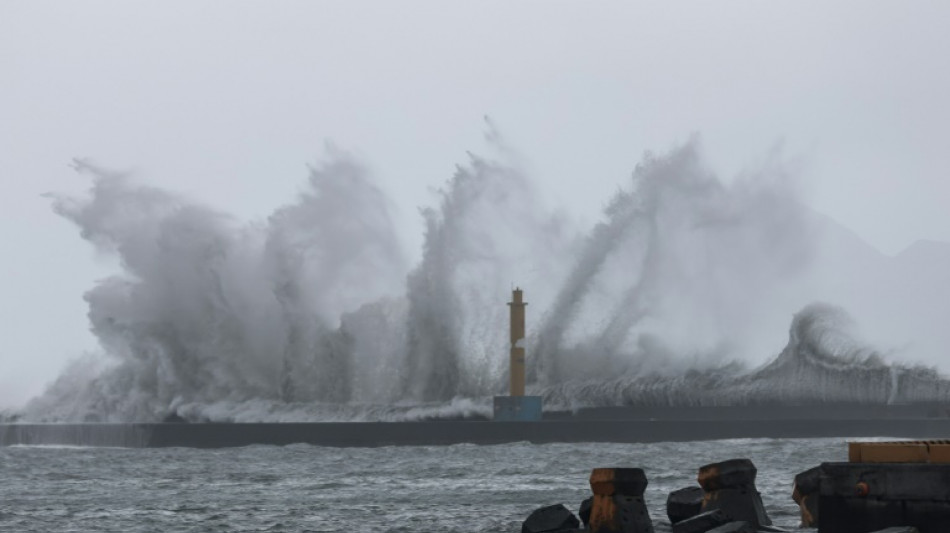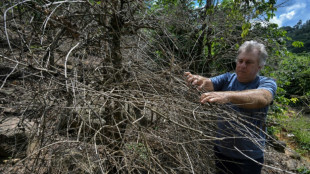

Thousands evacuated as Typhoon Haikui heads for Taiwan
Thousands of people were evacuated in Taiwan ahead of Typhoon Haikui, with hundreds of flights cancelled and businesses closed as authorities prepared Sunday for the first tropical storm to directly hit the island in four years.
Haikui -- which had already brought heavy rains by Sunday morning -- is expected to make landfall by 5:00 pm (0900 GMT) in Taitung, a mountainous county in lesser-populated eastern Taiwan.
The storm was around 180 kilometres (110 miles) east of Taiwan just before 9:00 am, Taiwan's Central Weather Bureau said in a press conference.
"It is expected to pose a considerable threat to most areas in Taiwan with winds, rains and waves," said deputy director Fong Chin-tzu, urging to public to be "on guard".
"It has gathered some strength since yesterday," he said, adding that the storm would move west to the Taiwan Strait by Monday.
The typhoon was packing a sustained wind speed of about 140 kilometres (39 miles) per hour, as schools and businesses in the southern and eastern parts of the island were closed Sunday.
More than 200 domestic flights were cancelled.
"I remind the people to make preparations for the typhoon and watch out for your safety, avoid going out or any dangerous activities," Taiwanese President Tsai Ing-wen said.
Authorities said they had evacuated more than 2,800 people across seven cities -- the majority of them from the mountainous county of Hualien, which neighbours Taitung.
The streets of Hualien were deserted Sunday morning, battered by unrelenting torrential rain, while a fishing harbour in northeastern coastal Yilan county saw towering waves slam against the shore.
The military had mobilised soldiers and equipment -- such as amphibious vehicles and inflatable rubber boats -- around the parts of Taiwan where Haikui is expected to have the heaviest impact.
The last major storm to hit Taiwan was Typhoon Bailu in 2019, which left one person dead.
Haikui is expected to be less severe than Saola, which bypassed Taiwan but triggered the highest threat level in nearby Hong Kong and southern China before it weakened into a tropical storm by Saturday.
S.Dennehy--NG



